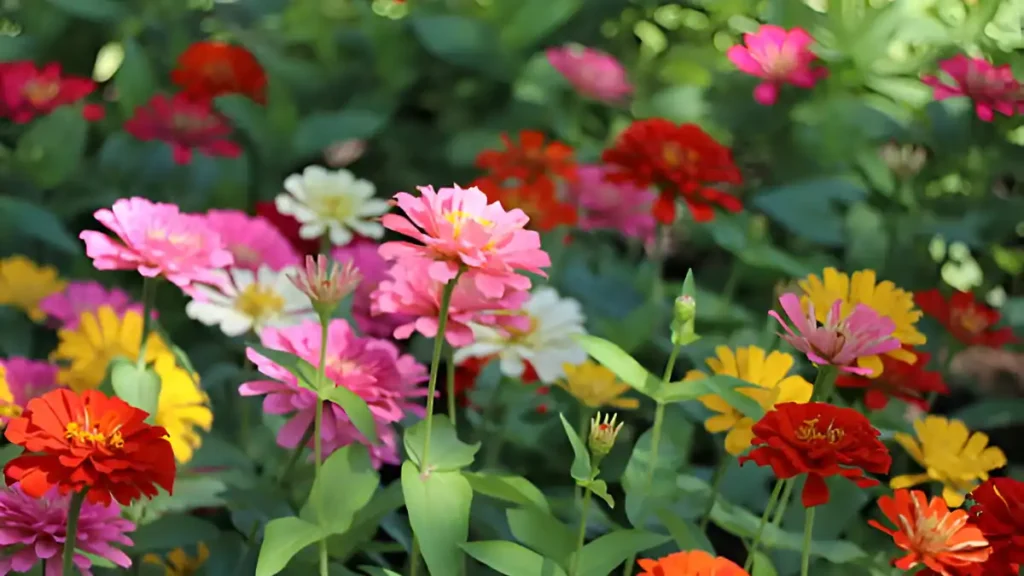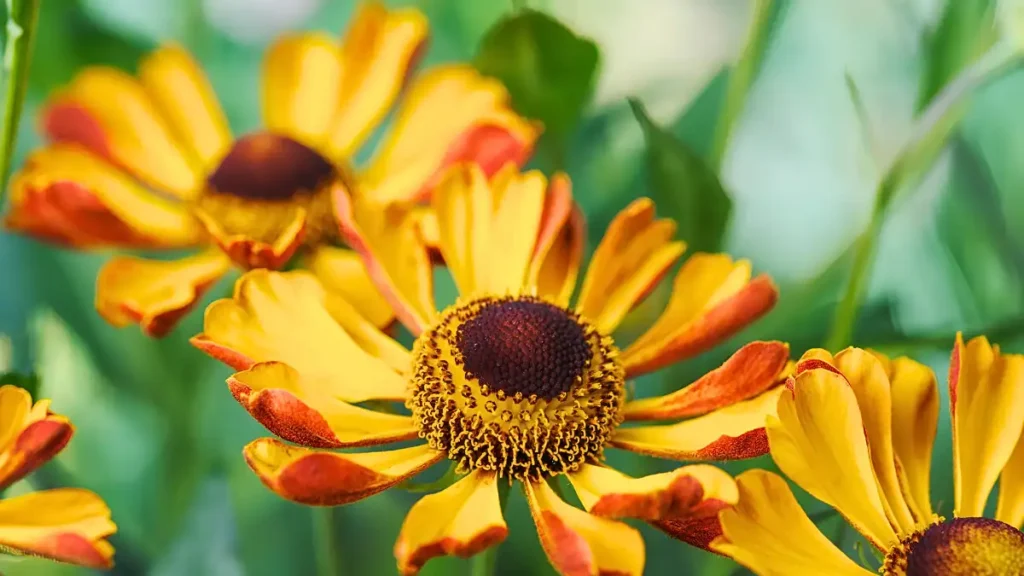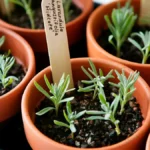One of the most varied and widely distributed plant groups in the world is the Asteraceae family, commonly referred to as the daisy or sunflower family. It includes a vast range of plants, such as sunflowers, daisies, asters, marigolds, and chrysanthemums, and has approximately 32,000 species. This family is distinguished by its distinct inflorescence, known as a “head” or “capitulum,” which is made up of numerous tiny flowers, known as florets, arranged in a cluster that seems like a single flower.
Explore the Asteraceae family:
- The Asteraceae family, also known as the daisy or sunflower family, is one of the largest plant families, with over 32,000 species. It includes a wide variety of flowering plants such as sunflowers, daisies, and chrysanthemums. Members of this family are characterized by composite flower heads made up of numerous small flowers, often surrounded by bracts. These plants are found worldwide and are known for their ecological importance, as well as their economic value in agriculture, horticulture, and medicine.
- The tiny blooms, referred to as florets, are arranged in clusters on a container. Bracts are what surround the receptacle that you most likely think of as petals. While some species only have one row of bracts, others have several.
- Although inflorescence is the most reliable indicator of Asteraceae membership, there are a few other shared characteristics. An achene is a fruit, which is a solitary, dry seed that doesn’t need to open. A pappus spreads them out. Consider the dandelion seed. The little, brown portion at the bottom is called the achene, and the white, hairy structure that enables it to spread is called the pappus.
- Asteraceae are primarily annuals or herbaceous perennials. In this family, trees are rare and some are shrubs. Rarely are the leaves whorled; they are often opposing or alternating.

Here are some Asteraceae family plants list:
1. Crop species of Asteraceae:
- Numerous significant agricultural species are included in the vast family of flowering plants known as Asteraceae. In this family, sunflowers, lettuce, artichokes, and chicory are among the most popular crops. These plants are prized for their culinary, therapeutic, and aesthetic qualities. For example, sunflowers are grown for their oil and seeds, while lettuce is a common leafy crop. Due to its adaptability to a wide range of soil types and temperatures, the Asteraceae family is a valuable group for agricultural production across the globe.
2. Ornamental species of Asteraceae:
- Asteraceae ornamental plants are well-known for their colorful and varied flowers. Their aesthetic value makes them a popular choice for gardens and landscapes. Sunflowers, marigolds, asters, coneflowers, yarrow, and zinnias are common ornamental Asteraceae species that come in a variety of colors and bloom sizes. In addition to their aesthetic appeal, these plants are prized for their capacity to draw pollinators such as butterflies and bees, thus increasing the richness of garden ecosystems. Gardeners love them for their ease of cultivation and adaptability to many climes.

3. Varieties of Asteraceae weeds:
- Numerous weed species that grow in a range of settings are part of the Asteraceae family. Thistles (Cirsium), ragweed (Ambrosia), and dandelions (Taraxacum) are common Asteraceae weeds. These weeds frequently have composite flowers, which are made up of numerous small florets in the flower head. They are resilient, quick to proliferate by rhizomes or seeds, and tolerant of disturbed soils, which makes them enduring in lawns, gardens, and farming areas. Asteraceae plants can also trigger allergic reactions; pollen from ragweed, for example, can induce hay fever.
Conclusion:
One of the biggest and most varied families of flowering plants is the Asteraceae family, sometimes referred to as the Compositae family. The Asteraceae family comprises a vast array of species that are present in about every type of ecosystem on Earth, encompassing arid, tropical, and temperate regions. In conclusion, the Asteraceae family is renowned for the variety of plants it contains its ecological importance, and the many applications that people have discovered for its members.
Certainly! If you’d like to learn more, please consider following our WhatsApp Channel: Harvest Gardening
A frequently asked questions:
Q1: What food is in the Asteraceae family?
A1: Asteraceae foods include sunflower seeds, lettuce, and artichokes. Dandelions, endives, and chicory greens are further examples.
Q2: What is the use of Asteraceae carat flower tea?
A2: Asteraceae carat flower tea is widely used for its anti-inflammatory and antioxidant qualities. It is thought to strengthen immunity, promote skin health, and facilitate digestion.



